

Episode 15: Cidney Swanson, Good Story Grant Recipient
A conversation with Cidney Swanson, sci-fi author and recipient of the 2020 Good Story Grant.

How Many Characters to Include In a Novel
If you're wondering how many characters you should put in your novel, or how big your cast of characters should be (or how small), check out this video.

DIY Author Marketing 101
You’re published. Now what? However you got your book out into the world, you’re probably looking for more readers. Here are some DIY tips for author marketing.

Episode 17: Anna Staniszewski, Children's Author
On this month's episode, children's author Anna Staniszewski chats about her path to publication, writing for different age groups, and what it takes to make it as a full-time author.
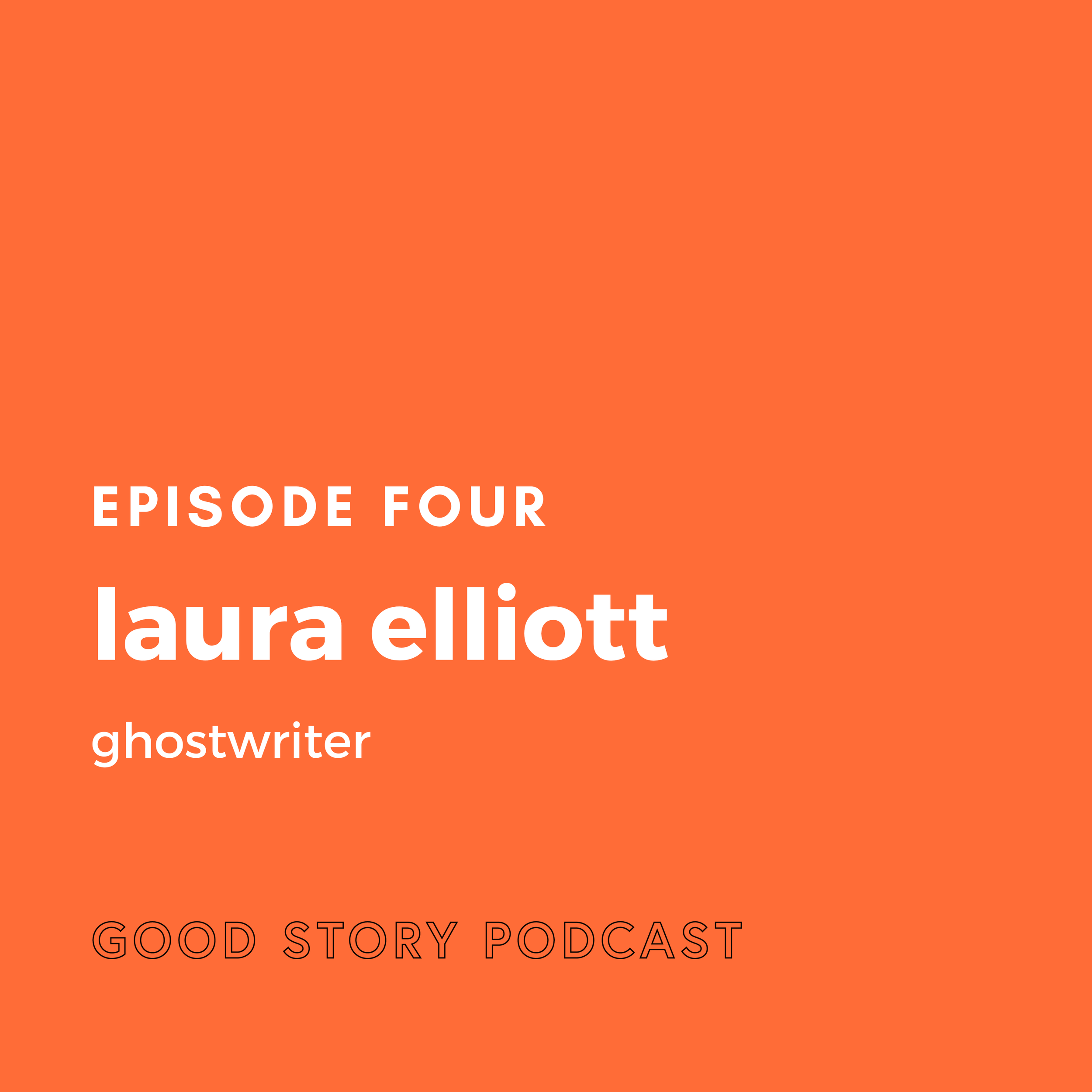
Episode 4: Laura Elliott, Ghostwriter
A podcast interview with ghostwriter Laura Elliott, all about deep research, finding inspiration from various sources, and telling stories … even other people’s.

Anthropomorphic Animals In Children's Fiction
Anthropomorphic animals in children’s fiction are common, but are these characters the best approach when you’re writing for young readers? Let’s talk about this popular topic for children’s writers by defining what an anthropomorphic animal is.
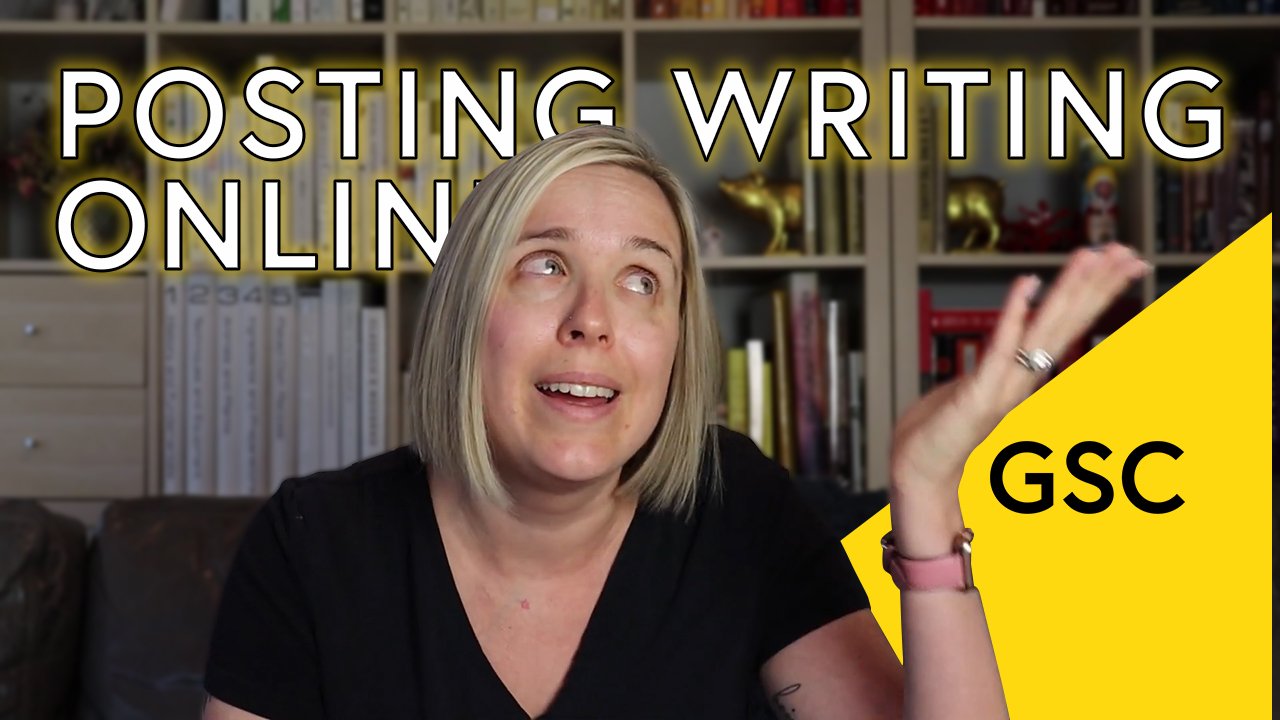
Posting Writing Online
Should you post your writing online to attract attention? What are the risks and benefits? Learn all about posting writing online with this video.
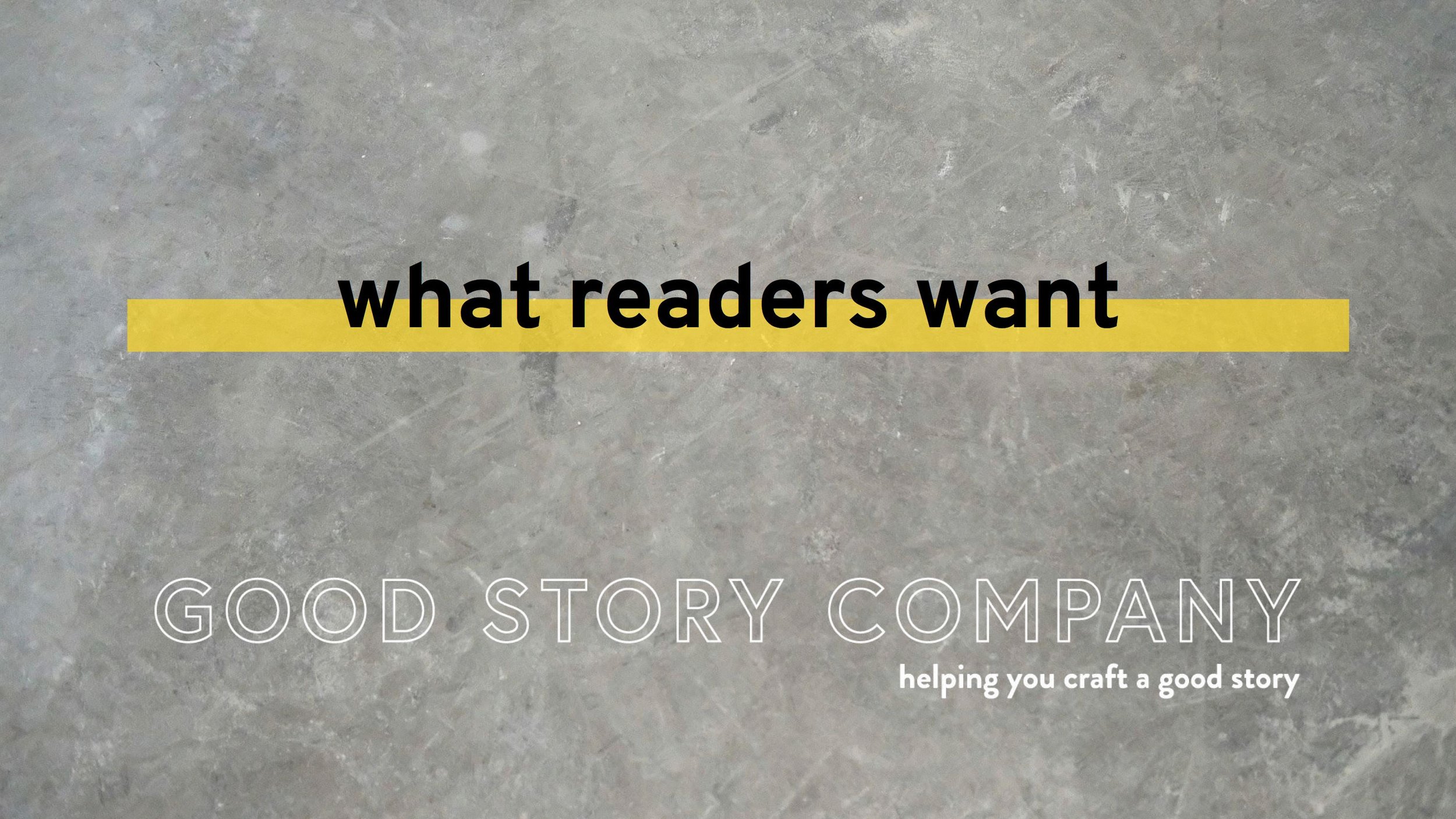
What Readers Want
A short, information-packed writing class on what readers want. It's simple. By thinking about what readers want from their stories, writers can harness the power of reader emotion to write amazing stories, novels, screenplays, picture books, poems, and more.

Put Your Words Down, Flip Them, and Reverse Them: Writing Your Memoir in Reverse Chronology
If you’re writing a memoir, you have to write your life events exactly the way they happened—but you don’t have to write them in order! Give your readers a backwards walk through your remarkable life with reverse chronology.
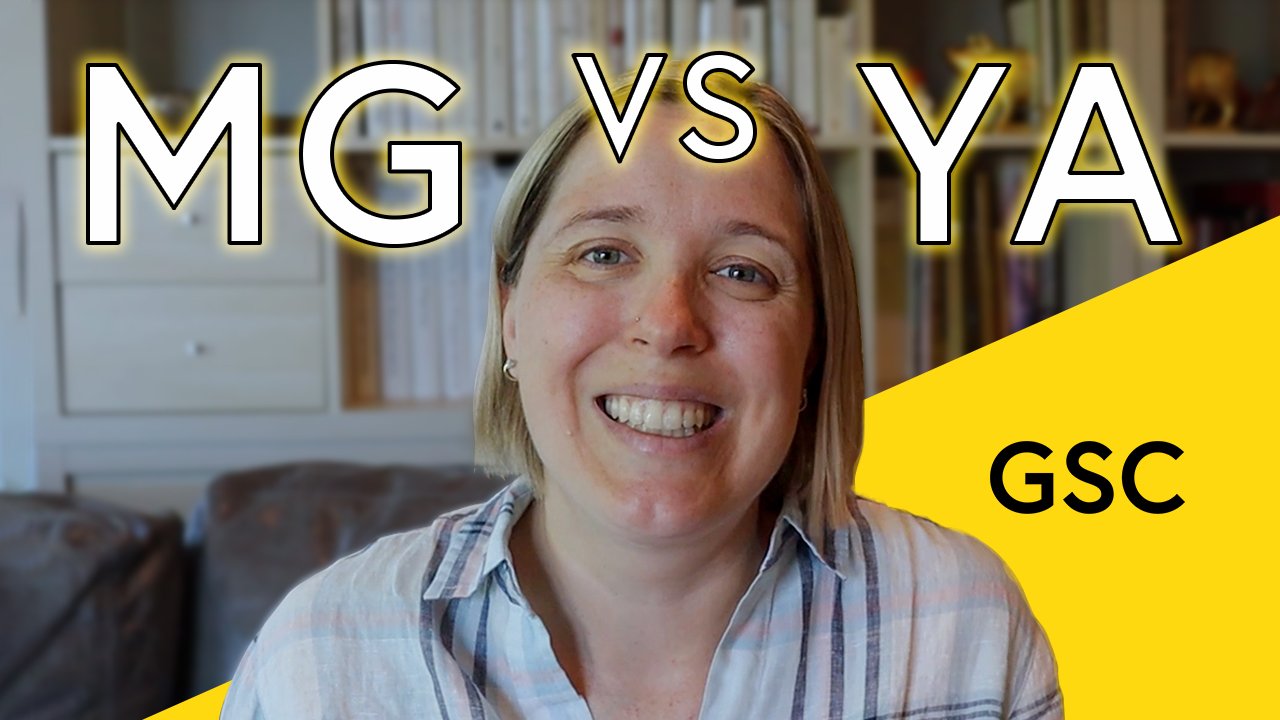
Middle Grade vs Young Adult
What's the difference between MG vs YA? Let's look at the key differences, including character age, word count, theme, and style.
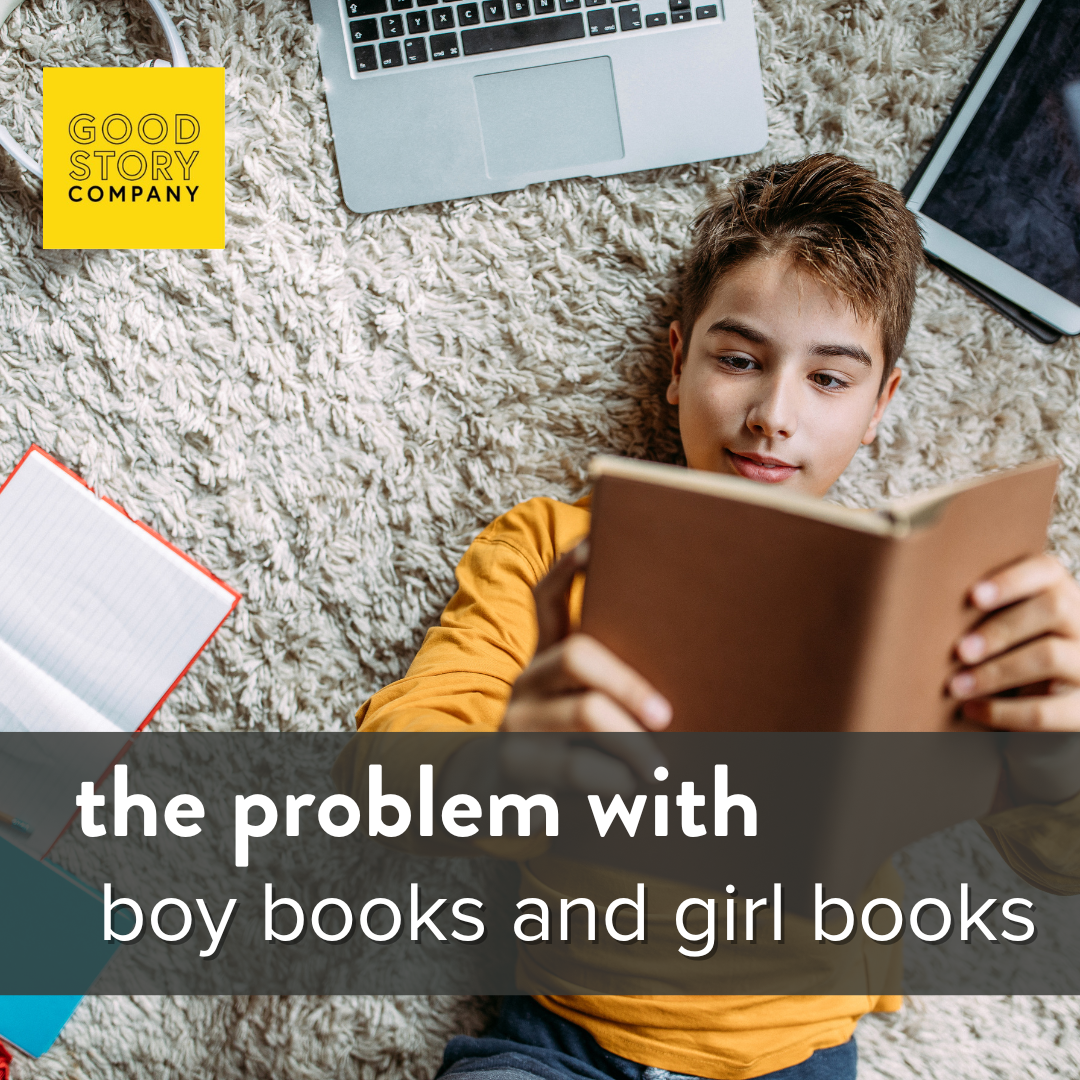
The Problem With Boy Books and Girl Books
What’s a writer to do? When you feel like you should write a “girl book” because it’s all you’ve written before? When girls are your audience, do you dare branch out and try to reach boy readers? What if that affects your sales? Your school visits? Your future?
